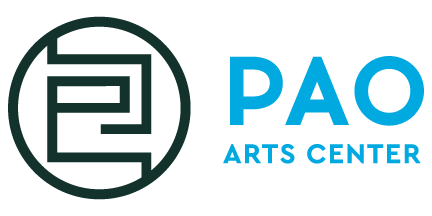Five Directions Lion Heads (Malaysia)
The Five Directions Lion Dance is based on the Taoist tradition of the Wuxing or five elements and the five directions. These five directions are represented on Taoist altars throughout Malaysia. The directions represent magical deities that guard the heavens and earth with the center, or Earth, being is its own unique deity. Each direction also represents the five elements in Chinese culture and promotes harmony & balance.
Direction Animal Element Color
North Black Tortoise Water Element Black (Blue in this set)
South Vermillion Bird Fire Element Red
East Azure Dragon Wood Element Green
West White Tiger Metal Element White
Center Yellow Qilin Earth Element. Yellow
The Five Directions for these heads are also considered equivalent to five armies protecting the heavens and earth from all directions.
Many years ago, while visiting lion dance troupes in Singapore, I observed that one of the troupes had paper-mache bats that they would swing around during parades or when the lion was on stage. They said there was no meaning behind the bats in the dance but that the Bat is regarded as an auspicious and lucky symbol for wealth & prosperity in Chinese culture. The Chinese word for Bat is “FU”, which sounds like “Prosperity, Blessings & Good Luck” in Chinese. The bat is also a symbol of happiness and joy and is commonly depicted in Fung Shui on money bowls, Chinese coins, tassels, amulets, engraved furniture, and more.
Bats (Singapore)
Many years ago, while visiting lion dance troupes in Singapore, I observed that one of the troupes had paper-mache bats that they would swing around during parades or when the lion was on stage. They said there was no meaning behind the bats in the dance but that the Bat is regarded as an auspicious and lucky symbol for wealth & prosperity in Chinese culture. The Chinese word for Bat is “FU”, which sounds like “Prosperity, Blessings & Good Luck” in Chinese. The bat is also a symbol of happiness and joy and is commonly depicted in Fung Shui on money bowls, Chinese coins, tassels, amulets, engraved furniture, and more.
These two bats were created specifically for the lion dance during parades and performances, and Chinese weddings. Two bats displayed or flown together indicate Double Happiness and are especially significant for Chinese weddings. These bats are adorned with traditional Chinese paper cut designs.
HOK SHAN LION
Papered (China)
This head displayed here was not created by me but was a lion purchased in Singapore and favored by the Gund Kwok Asian Women’s Lion and Dragon Dance Troupe for a few years. This head had retired long ago from performance. Lion heads are very delicate and are typically used for one year before being retired.
This head is one of a pair of heads I decided to rebuild. The rebuilding of this head required stripping all the plaster and paper off the head, repairing, replacing broken pieces of bamboo, and completely rebuilding the mouth and giving it brand-new ears.
This head represents the Hok Shan or He Shan (Crane Mountain) style of lion heads. This is a Southern Lion (Southern China) and is one of the more common lions being performed throughout the world. The Hok Shan Lion is known for its richness of expression, unique footwork and vigorous drumming. The characteristics of the Hok Shan Lion are its lower forehead, duck-like beak with flat lips and more colors than the Fo Shan Lions. This Lion also has a shorter tail.
The Lion you see here has had the frame rebuilt, has been papered with 2 layers of paper with a layer of cheesecloth in between, all plastered together. The final steps will be painting the head, adding fur and finally having a Dim Ching ceremony to give life to the lion.

